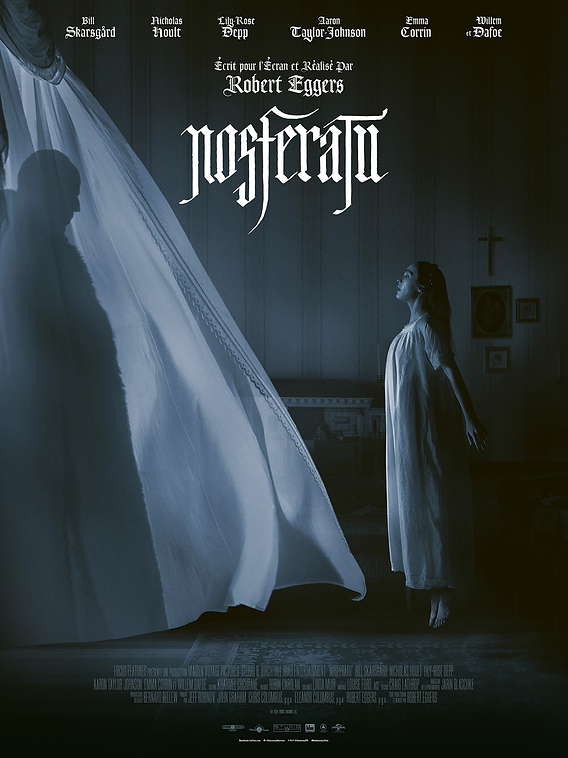Does Jim Carrey’s “Grinch” Hold up?
January 10, 2023
The 2000s Christmas classic How the Grinch Stole Christmas brings joy to millions of viewers every year. It stars Jim Carrey (the Grinch), Taylor Momsen (Cindy Lou Who), and Christine Baranski (Martha May Who). The live-action adaptation of Dr. Seuss’ book takes viewers on a journey that introduces the true meaning of the holiday spirit. This classic, directed by Ron Howard, follows the story of the Grinch, a creature that has made it his life mission to ruin Christmas. Along with his only companion, his dog Max, the Grinch lives isolated in his cave, plotting how to take away the joyous day from all the citizens of Whoville. He prides himself on his small heart, which he works to make even smaller. Everything changes once Cindy Lou Who, a young girl in Whoville, enters the story. Although Cindy Lou Who has been raised to love Christmas, she no longer feels the Christmas spirit, as we hear from her famous song Where Are you Christmas?, where she sings about not being able to feel the joy that Christmas once used to bring her. Throughout the movie, we also learn the Grinch’s past and the reasoning behind his hatred for the holiday. This duo ends up bringing back the joy of Christmas not just for each other, but for the entirety of Whoville. While all the town’s citizens had grown to hate the Grinch due to stories and rumors, Cindy Lou Who gets to know his story and eventually finds a way to reinstall a love for Christmas in him, despite his stubbornness. This story of community and redemption allows kids and families to laugh while still learning important life lessons.
There are many varied opinions from critics over the quality of this movie. To begin, one of its biggest strengths is the casting. Jim Carrey’s hilarious, yet thorough portrayal of the character brings the Grinch’s complicated and puzzling personality alive while making the audience laugh throughout the entire film. However, some critics argue that the movie’s length causes it to be dull. The movie is an hour and forty-five minutes long, which is not a short time for a child’s attention span. A top critic from Village Voice , J. Hoberman, explains this critic on the length of the movie, “ Perhaps 20 minutes too long and subject to torpor” (J. Hoberman). Overall though, the movie discusses significant issues such as materialism and bullying, showing how divisive they can be for a community. It reminds the viewer of what the holiday spirit should really be about, spreading kindness to the world around us and giving back to our community. Steve Murray, a top critic from the Atlanta Journal Constitution praises the movie,explaining how it is an enjoyable film not just for children, but for the whole family, “ It’s the rare holiday movie that manages to entertain the kid in all of us, without forgetting that grownups love the Grinch, too” (Murray) . As Murray states, it is a great Christmas movie to watch at any age, making it easy to watch with different groups of people. Despite its length, which some argue makes the movie bland, it is a fun movie that also touches upon important subjects that can be helpful during the holiday season.
The 2000 live-action movie How the Grinch Stole Christmas is a wonderful Christmas movie that is great for anyone who enjoys laughing. It is also a wonderful film for families to watch during the holidays, as it can keep the entire family entertained while also teaching kids about the importance of kindness, acceptance, and love. Through this movie, people can learn that the holidays are not about gifts in the form of materialistic items, but that the true beauty of the holidays comes from the time we get to spend with the people we love. All of this while still keeping the movie lighthearted, funny, and easy to follow, thanks to Jim Carrey’s genius portrayal of the protagonist. This movie is not suitable for anyone who is not fond of Christmas movies or of longer movies. Finally, this movie brings the nostalgia of the early 2000s, as it is a staple in the childhoods of many children from the late 90s and early 2000s.






